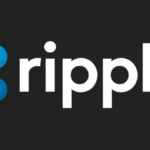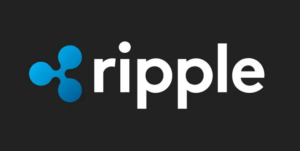Is Ethereum a Viable Settlement Layer for Financial Markets?

Public blockchains are expected to have a significant role in the evolution of financial markets, with Ethereum positioned favorably among them as a settlement layer. It is crucial to comprehend the risks within the Ethereum ecosystem to develop resilient applications for financial markets.
Institutions have been exploring the integration of blockchain and tokenization in financial markets for several years. The objective is to enhance efficiency by simplifying settlement processes, establishing blockchain as a singular source of truth among transaction participants, and reducing the need for complex reconciliation efforts across various records. Additionally, institutions aim to broaden the range of asset types available as collateral for transactions and improve liquidity management by facilitating intraday transactions. The transition to holding assets as tokens on a blockchain is anticipated to be an enhancement over existing systems for most investors, prompting the question of whether all assets should eventually be tokenized.
While real use cases like digital bonds and tokenized Treasuries have emerged in traditional financial markets, the volumes of digital bonds and tokenized money market funds remain relatively small compared to traditional market issuances. This disparity raises questions about the factors hindering wider adoption.
One of the primary challenges to adoption is interoperability. Investors require access to the blockchains hosting tokenized assets, and institutions must integrate their legacy systems with these blockchains. The predominance of private permissioned blockchains, which function as isolated environments created by specific institutions, has impeded the establishment of a liquid secondary market for these assets. Various solutions are being developed to address these challenges, including the use of public blockchains like Ethereum and Polygon for issuing digital bonds.
Another significant challenge is executing the cash leg of payments on-chain, with most digital bonds relying on traditional payment systems rather than on-chain solutions. Recent developments have shown the first digital bonds from traditional issuers utilizing on-chain payments, demonstrating progress in this area.
Institutions remain cautious due to legal and regulatory uncertainties, particularly concerning privacy, KYC/AML obligations, and the feasibility of meeting these requirements on a public permissionless blockchain like Ethereum. Technological advancements such as zero-knowledge-proof technology and new token standards are being developed to address these challenges.
Ethereum stands out among public blockchains as well-positioned for adoption in financial markets, benefiting from liquidity in institutional-focused stablecoins and robust technology in execution, consensus mechanisms, token standards, and decentralized finance markets. The convergence of private blockchains with Ethereum’s virtual machine standard reflects institutions’ efforts to stay abreast of innovation.
The success of Ethereum in financial markets hinges on institutions’ ability to comprehend and monitor the platform’s concentration risks, emphasizing the importance of managing these risks effectively. Monitoring validator node concentration, client software package diversification, and cloud provider distribution are critical factors in mitigating risks associated with Ethereum’s ecosystem.




